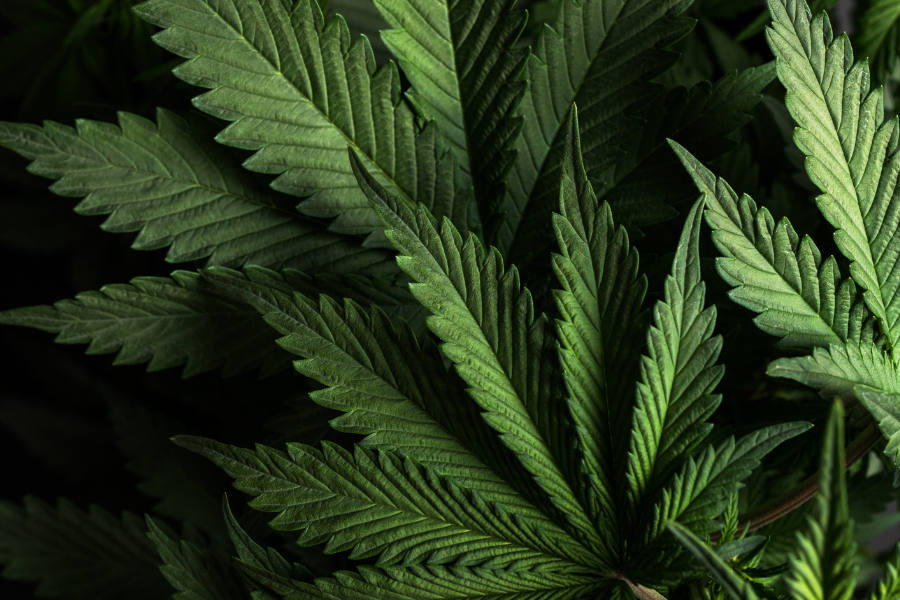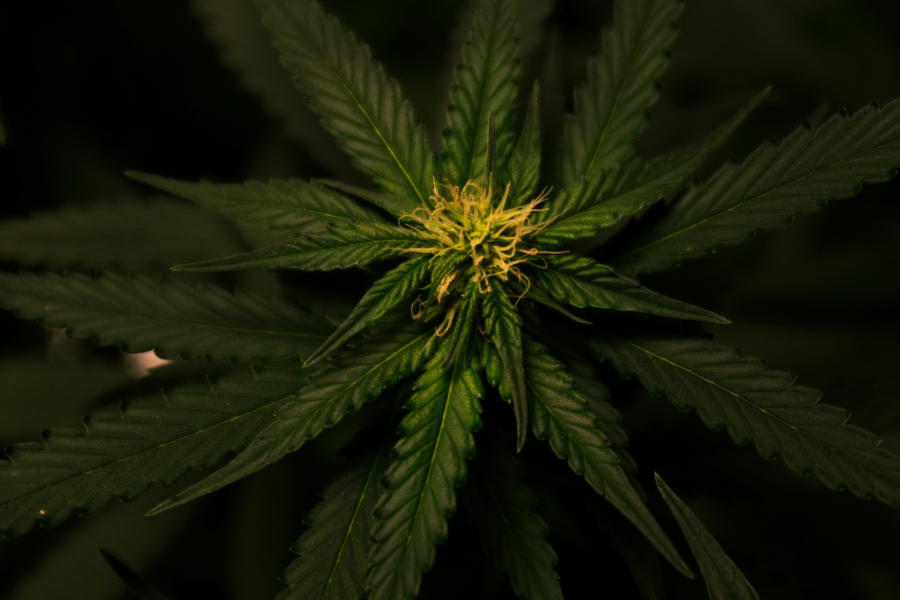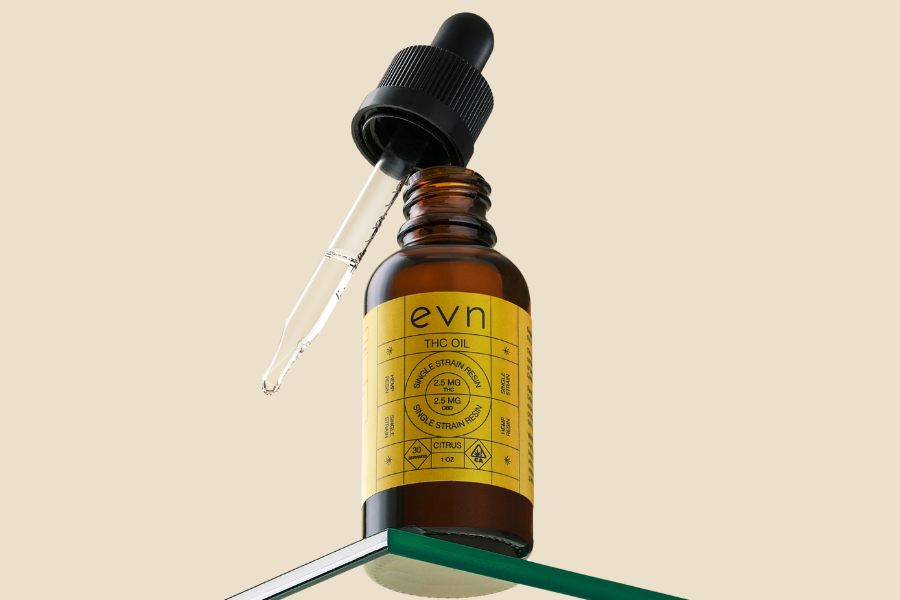
Is Delta 9 THC Real Weed? What to Know Before You Try It
You see the advertisements calling out to you begging you to take notice. The product is Delta 9 THC, and it is hard to escape the hype that has built up around it. However, you still have a sense...

Delta 11 vs Delta 9: What to Know Before You Buy
Cannabis plants are becoming an increasingly familiar sight in various parts of the United States and throughout the world as legalization continues to sweep the planet. Despite the increased freq...

Decarbing Live Resin For Edibles: How to Decarb Live Resin Step-by-Step
There’s no question that live resin is the king of cannabis concentrates. It’s as potent, pure, and true-to-strain as it gets. Although smoking live resin, or dabbing it, is the most common method...

There are so many ways you can enjoy cannabis these days that don’t involve smoking anything. Don’t get us wrong, there’s nothing like passing a joint around with friends or taking a single bong r...

When most people think about using cannabis they’re drawn to edibles, vapes, or even good ol’ flower to smoke. But sublingual consumption methods are becoming much more popular, and it’s not hard ...

Edibles are a great option for nausea since they tend to offer prolonged symptom relief. But what are the best edibles for nausea? In this blog, we will answer this and more!

Do CBD gummies have benefits in the bedroom? Let's take a closer look.
